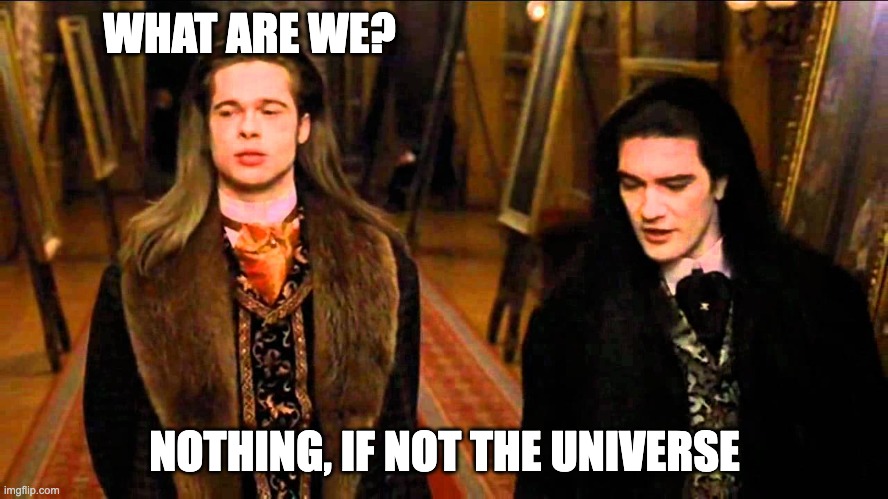
The internet is blowing up this week over a recent Nobel Prize awarded to John Clauser, Alain Aspect and Anton Zeilinger for their work proving the universe is not locally real. We’re seeing takes on this finding from all kinds of perspectives, but nobody seems to be writing the Monist way of looking at this finding. Until somebody more qualified does it, you will just have to live with our effort here.
For the physicist out there, please grant us some lee-way with these analogies, we understand they are not perfectly correct. They are meant to help fit the concepts into a regular persons mind. Our brains are not as big as yours are.
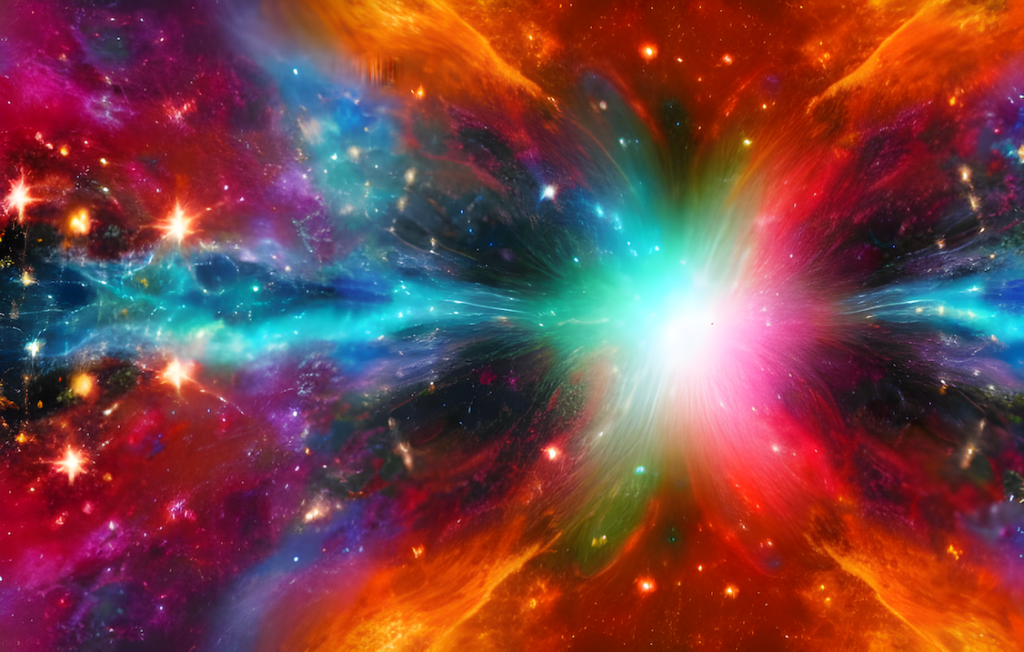
What is the universe?
This is a Nobel Prize in physics, the scientists who received it work in the discipline of quantum mechanics. To understand this finding we need to first understand their language. Each scientific discipline develops their own short-hand language to help them talk with each other. When lay people encounter their findings and read this language it can be confusing as they are not using the common definitions for these words.
The universe here means everything. That’s hard for us to truly grasp though, when we think of “everything” we think of the the stuff we can see here on earth, the sky, the grass, your friends. It means more, it means everything up in space, all the stars and planets, all the galaxies. This word also covers things we can’t see, tiny exotic particles zooming through empty space at nearly the speed of light. These are also the universe, the universe is everything.
This finding is about those tiny particles. We can’t see them and yet they are everything just like us. They zoom through us, through our bodies. More importantly the laws of physics apply to these particles the same way they apply to the “solid” things we can see, like our bodies. So a finding at this quantum level has direct implications to our level of being.
There is a Spark Chamber at the Griffith Observatory in Los Angeles, if you ever visit we recommend spending some time watching it. It looks like a glass box full of electrified metal plates. When a stray particle passes through it, it ionizes the gas in the chamber, causing a spark to appear. The box is constantly sparking, 24 hours a day. You can’t normally see them, but the spark chamber proves they are around us all the time.
So when you think of the universe in this context, think of those sparks. That empty space out there between the stars? It’s just as full of these as that box is.
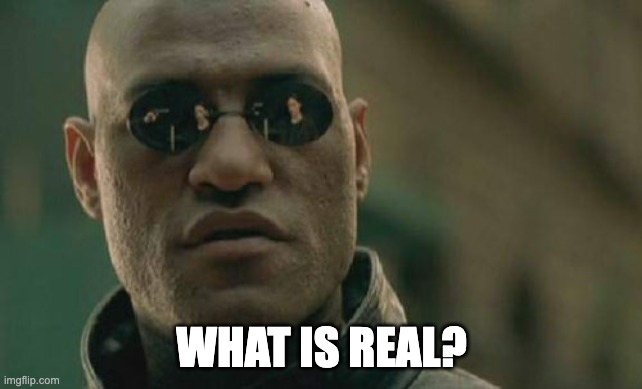
What is real?
Are you real? What does that mean to you? Maybe it means you are a solid object, nothing can pass through you right? Oh wait, those cosmic particles can pass right through you… Ok, maybe being real means you can see it with your eyes? Again, those particles are invisible yet they produce sparks in the Spark Chamber so they must be real right?
Defining reality is a tricky thing to do. Physics has a simple answer to this question: “Real” means that the properties of a thing can be measured. If we can describe how big something is, how fast it is going, how much mass it has — if we can describe all of those properties then we know the thing we are observing is real.
We can describe those properties about our own body, for example it is 6’2″ tall, it currently weighs around 230lbs, it has dark hair and often wears colorful Hawaiian shirts. These are properties of this body that we can describe and write down. This means that we are definitely real in the quantum mechanics sense, that’s a relief.
To measure these properties we have to observe them, we need to look at our body in a mirror to know these things. In the same way we have to use intricate scientific equipment to measure the speed and mass of a quantum particle as it zooms through space. We have that equipment, and we can measure these things, so we know these particles are real.
So when you read this finding, or articles about this finding keep that definition of real in mind.
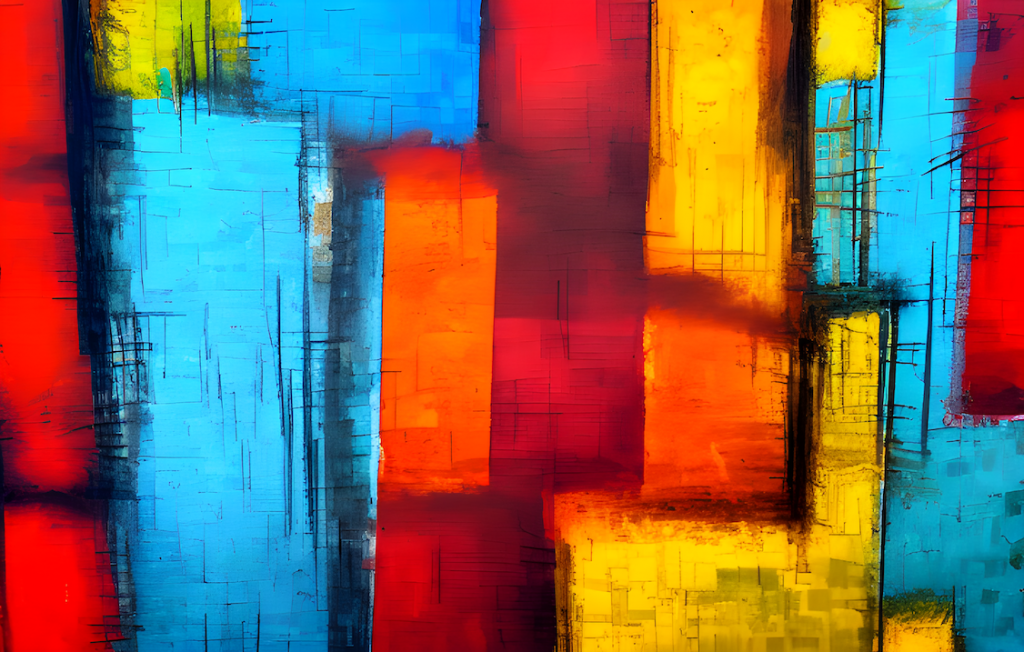
What is local?
Local also seems easy eh? Maybe it includes the things you can see, or hear around you right now. It wouldn’t include something on the other side of the planet, or the other end of our Solar system would it? Again we’re left with these squishy definitions and physicist hate squishy things.
To quantum mechanics the word “local” has a clear definition. Local simply means that the maximum area around a particle that could possibly influence it is bounded by the speed of light. The speed of light creates a sphere of influence around the particle. Anything outside that sphere could not possibly influence the particle or it would break the fundamental laws of physics.
That might seem like a very big space to consider as local to you, but to the universe this is incredibly small. It takes light two seconds to cross the observable universe from our frame of reference. From lights frame of reference it will take an infinite amount of time to cross the universe, even at the speed of light. This is because as the light travels, the universe is also expanding.
It would be like running 10 miles an hour down a road that was also being extended at a rate of 10 miles per hour. You would never reach the end of such a road. So for the particles we’re talking about here, there are an infinite number of local spaces they could exist in.
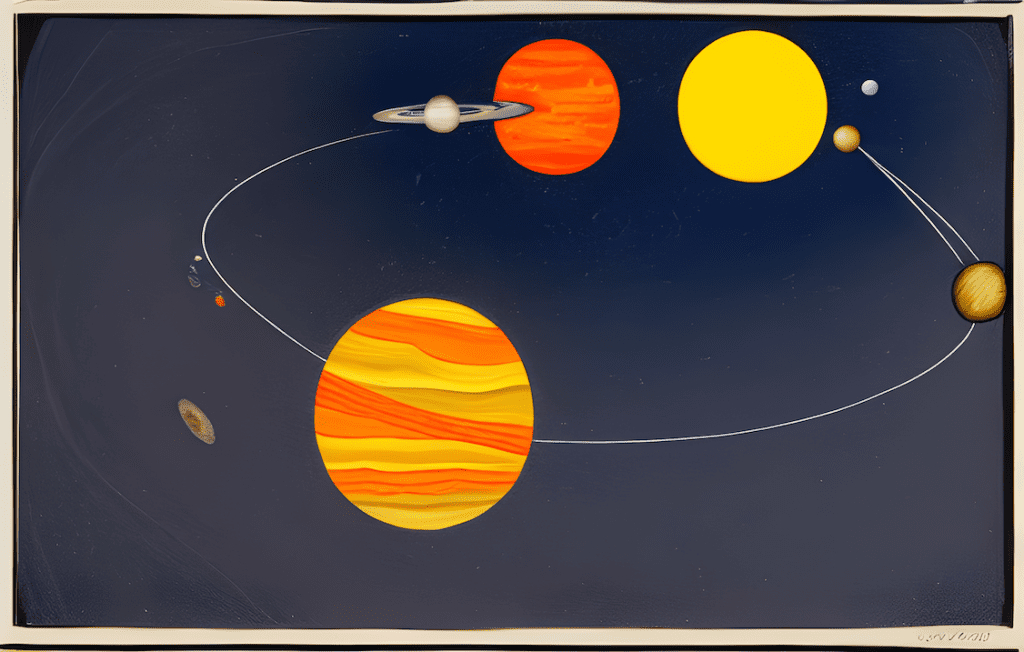
Ok so what did these scientist actually prove?
With those definitions in mind, let’s consider the experiment that won this Nobel Prize. We won’t be detailing the entire thing. The explanation in this linked Scientific American article is perfectly adequate to understand the details of the experiment itself. We will summarize things, but please do go and read the entire thing if you are curious.
Quantum particles can be entangled into pairs, like socks or walkie talkies. These pairs are interesting in that if you measure the properties of one, you will know the properties of the other one. This holds true even if the particles are many light years apart from each other. The information about the other particle has travelled faster than the speed of light, something that should not be possible.
You have to measure one first to know it, what if nobody measures these properties? If a tree falls in a forest, and no one is around to hear it, does it make a sound? This is the core of the experiment in question here. In fact these scientist have proven that if nothing measures the properties of the particle, then the particle has no properties. The properties cannot be known or guessed by any means.
That is what is meant when we say the universe is not locally real. It means a particle that is not measured by anything within the speed of light is not real in the quantum sense, we cannot know its properties until it is measured.
If that finding doesn’t disturb you then read on because things are about to get pretty wild.
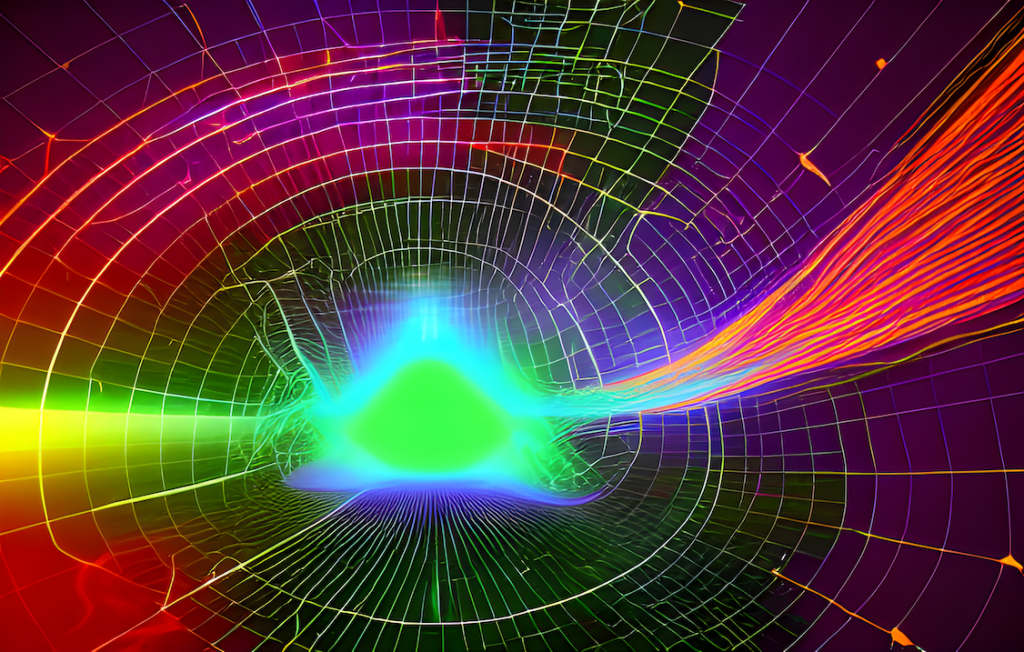
What does this have to do with monism?
Monism is the idea that we, us humans, are not separate from the rest of the universe. We are not separate from those quantum particles anymore than we are separate from each other. This is a philosophical point of view, not a religious one, and this experiment confirms that it is the only logical explanation for our existence.
Samsara, the idea that we are trapped in this universe, doomed to experience a cyclic existence for all eternity is as old as written language itself. It is not some fly-by-night idea we came up with on a recent acid trip. No, this is something people have believed deeply for thousands and thousands of years. Maybe not the people you know and interact with, you’d have to travel a bit to meet them.
Samsara was created by us, the lonely god. We were floating through the emptiness. That was boring and lonely, so we created Samsara and separated our selves into millions and millions of egos. We put those into bodies and let them play around for a few eons as a way to distract ourselves from our loneliness. Eventually we will tire of Samsara, destroy it and be lonely again. The cycle repeats at every level.
Managing an entire universe is a lot of work. How can we keep track of every grain of sand, or every cosmic particle. These things are not worth deciding on until one of our egos encounters them. This is getting too weird, let’s drop back down to earth for a bit.
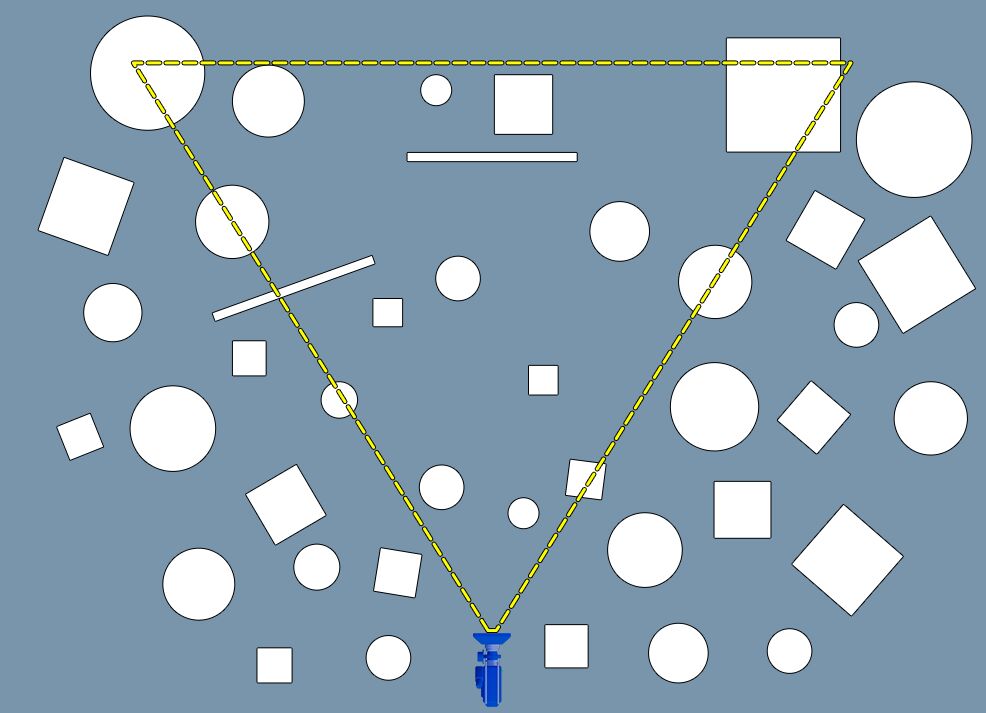
Video game rendering?
In video games we want the player to have as rich and detailed of an experience as possible. Just like we want our egos in Samsara to be completely fooled by their reality, game developers are trying to bring the player into the game’s reality by making it detailed and realistic.
Computers are only so powerful, they can’t render every leaf of every tree in a forest. How can we provide this rich detailed view of the game world without melting the computer from overwork? The answer is a concept called View Frustum Culling, illustrated in the image above this section.
We think of the camera as the eyes of the player, the camera has a cone, called the field of vision. It can only “see” objects that intersect that cone at any given moment. As the player turns their head the cone moves, revealing more of the world but also no longer seeing what they turned away from.
Why waste resources rendering things the player can’t see? We don’t, we stop simulating anything the player can’t see so we can make what they can see as detailed as possible.
This is exactly how reality works, that has now been proven by this experiment. Only the things that we observe have real properties, everything else simply doesn’t. If you want to argue against it, don’t argue with us, go and argue with these Nobel Prize winning scientist. If you think everything is real all the time then you are wrong, plain and simple, wrong.
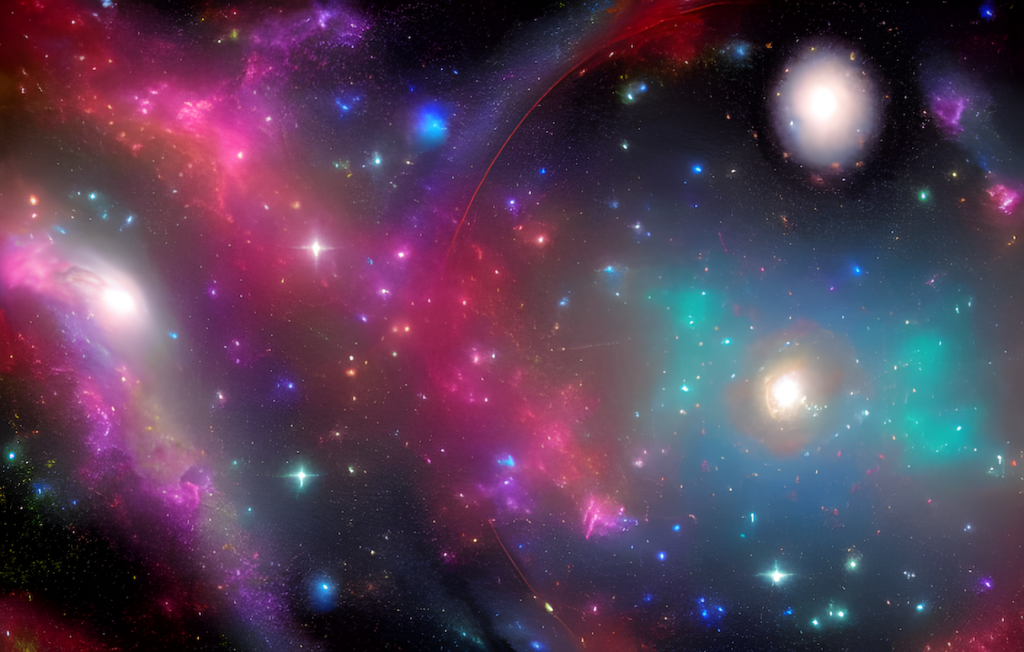
Conclusions
What conclusions can we draw from all this. Is the universe a video game, are we the players? Is everything just a simulation like The Matrix? If you believe in the concept of Samsara then this is exactly what you believe. This experiment has now confirmed your beliefs.
We are god, we created this universe so we could play around and have some fun for a while. We don’t care to create everything all the time, only the things that the egos are actually looking at need to have definite properties. Everything else can be culled until an ego turns to look at it.
Still not believing this? Consider the psychedelic state. You can stare at the bark of a tree for a long time while in this state. More and more detail will appear the longer you stare. You are channeling some of your godhood and creating more of Samsara than you need to. That detail will go away the moment you stop observing it.
Sleep well friends, hopefully the existential dread of this finding doesn’t keep you up too long.
Leave a Reply to Aunty Lucy’s Top 10 Movies to Watch on the Way Down – Here’s Tom With The Weather Cancel reply